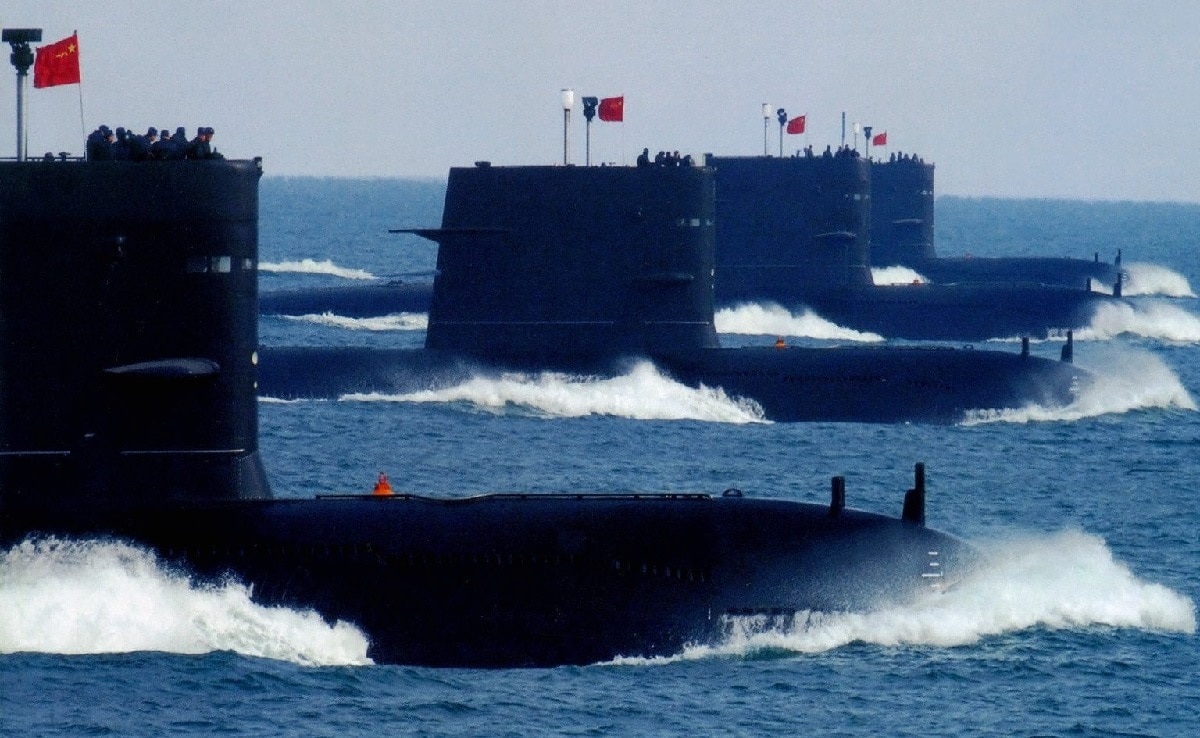Taiwan is Building Submarines – As an island nation, Taiwan can’t be easily invaded – at least in theory.
The island, which is roughly the size of the state of Maryland, has a rugged interior of mountains and jungles. Even before any invasion force faced such obstacles, it would need to cross the 100-mile-wide Taiwan Straits. Since the Chinese Nationalist forces retreated to the island in 1949, an invasion from the mainland has been expected and almost constantly anticipated.
As a result, the island is well defended with fixed positions, while Taipei has built a sizeable force of anti-ship missiles. However, the greatest threat that an invader – most likely the People’s Republic of China’s People’s Liberation Army (PLA) – might face is from under the sea.
In recent years, Taiwan has stealthily recruited experts and gathered technology from around the world to build a submarine fleet that could be the first line of defense against an invasion armada. Experts have suggested that the shallow, noisy waters of the Taiwan Strait greatly favor submarines over air and surface (anti-submarine warfare) forces.
More importantly, a small flotilla of Taiwanese subs would have the potential to penetrate the People’s Liberation Army Navy (PLAN) defenses relatively easily – making any crossing extremely hazardous and costly.
If You Can’t Buy It – Build It.
As Reuters reported earlier this year, for more than two decades, Taiwan had sought to acquire a modern conventional submarine force to fend off the existential threat from the PLAN. There were no takers, as most nations didn’t want to risk the ire of Beijing. Even the United States, Taiwan’s closest ally, was unable to provide such boats – as they’ve been long retired.
Unable to purchase any submarines, Taipei went in another direction.
Namely, it sought to build a fleet of eight modern conventionally-powered attack submarines. These would be the first indigenously-developed vessels of their kind, while Taipei even designed and built a new shipyard in Kaohsiung to handle the task. It is estimated that Taiwan’s new attack submarine flotilla could cost a total of US$16 billion; yet, some experts have suggested the money spent by Taipei on the boats is an investment in the nation’s security and even its future.
It was part of President Tsai Ing-wen’s military modernization efforts and the island nation’s self-sufficiency plan. It has been described as a new milestone in the national submarine manufacturing plan.
The first of the new class of submarines is now expected to enter service in 2025 and will likely replace the Taiwanese Navy’s rapidly aging fleet of four submarines, which includes two Chien Lung-class boats purchased from the Netherlands in the 1980s: the SS-793 Hai Lung (Sea Dragon) and SS-794 Hai Hu (Sea Tiger); and two Hai Shih-class submarines, SS-791 Hai Shih (Sea Lion) and SS-792 Hai Bao (Sea Leopard), a pair of late World War II subs acquired from the U.S. in the 1970s.
Updating the Current Fleet
In January 2017, Taiwan also announced that the decades-old Hai Shih would receive a retrofit allowing it to continue sailing until 2026. That $19 million refurbishment was reported to improve the hull and the diesel vessel’s “navigational elements.”
Before being transferred to Taiwan and recommissioned as the Hai Shih, the boat was the U.S. Navy submarine USS Cutlass, a 1,570-ton Tench-class vessel that was launched on Nov. 5, 1944, during the Second World War. Her wartime service was brief, and Cutlass didn’t even reach her first patrol zone near the Kuril Islands until the day after Japan capitulated. The submarine remained in service, and was subsequently sold to Taiwan in 1974 and has served as an invasion deterrent since.
The two newer Dutch-built submarines are also set to be upgraded by the end of next year and are expected to remain in service even as Taiwan’s modern attack subs enter service. It won’t be the largest submarine force in the world, but even 10 capable boats could do significant damage and cause innumerable destruction to any invasion fleet.
A Senior Editor for 1945, Peter Suciu is a Michigan-based writer who has contributed to more than four dozen magazines, newspapers and websites. He regularly writes about military hardware, firearms history, cybersecurity and international affairs. Peter is also a Contributing Writer for Forbes. You can follow him on Twitter: @PeterSuciu.

